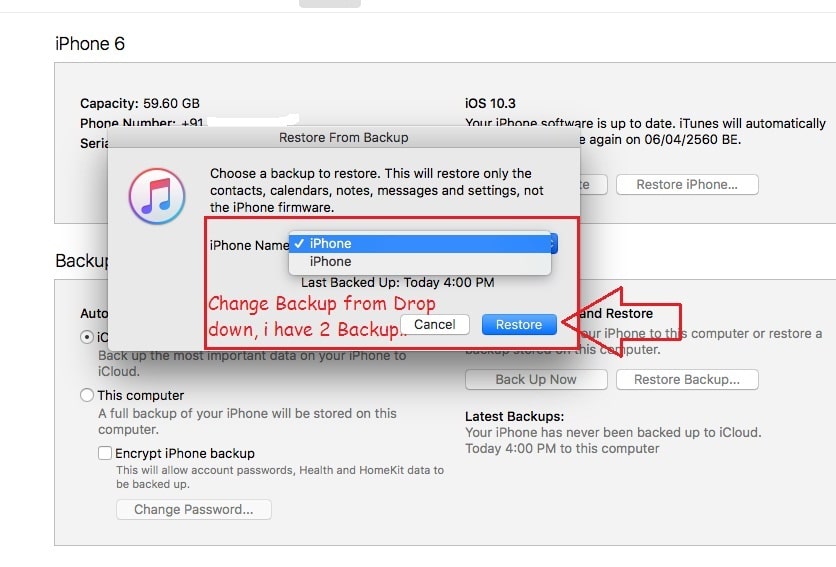
If you’re an iPhone or iPad user, chances are you’re familiar with the term “backups.” These backups refer to an important aspect of device maintenance, allowing you to save all your important data such as contacts, messages, photos, and more. Apple’s iTunes(Find out more here) is one of the most popular ways to create backups, but have you ever wondered where these backups are stored? Behind the scenes, iTunes actually stores your device backups on your computer in a specific location. In this article, we’ll explore where iTunes stores your device backups and how you can access them.
If you’re an iPhone or iPad user, it’s essential to create regular backups of your device. That way, if something goes wrong with your device, you can restore it to a previous state easily. But have you ever wondered where iTunes stores these backups? In this article, we’ll explore where iTunes stores your device backups and what you need to know about it.
Firstly, let’s talk about what a backup is. A backup is a copy of your iPhone or iPad’s data, including photos, contacts, messages, apps, and settings. When you create a backup, iTunes saves all this data in a specific folder on your computer.
By default, iTunes stores backups in a folder called “MobileSync” on both Mac and Windows computers. This folder is located in different locations depending on the operating system you use. On a Mac, the MobileSync folder is usually stored in ~/Library/Application Support/MobileSync/. On Windows, the location is typically C:\Users\USERNAME\AppData\Roaming\Apple Computer\MobileSync\Backup.
When you connect your iPhone or iPad to your computer, iTunes automatically creates a new backup of your device. If you want to manually create a backup, you can do so by clicking on “Back Up Now” under the “Summary” tab when your device is connected.
It’s essential to note that these backups are specific to each device. For instance, if you have two iPhones, iTunes will save each device’s backups in separate folders within the MobileSync directory. The same applies to iPads and iPods.
Moreover, iTunes doesn’t allow you to choose where to store backups explicitly. However, you can move the MobileSync folder to another location on your computer or even an external drive. To do this, follow these steps:
1. Close iTunes.
2. Move the MobileSync folder to a new location.
3. Open a Command Prompt (Windows) or Terminal (Mac).
4. Type “cd” followed by the new location of the MobileSync folder and press Enter.
5. Type “mklink /J Backup” followed by the original location of the MobileSync folder and press Enter.
After following these steps, iTunes will think that the MobileSync folder is still in its original location while all backups are stored in the new location you specified.
In conclusion, knowing where iTunes stores your device backups can be helpful if you run into any issues with your device, need to restore your data after a factory reset, or simply want to manage your backups better. Remember that iTunes automatically creates backups when you connect your device to your computer, and these backups are device-specific. Also, you can move the MobileSync folder to another location on your computer or external drive.

